Snake Book (2023-2025)
Folded from one uncut square of origami-themed wrapping paper
Crease pattern: Below
Diagrams: Maybe some day!
Snake Book: A Winding Answer to a Challenge
Design challenges have long been a fixture of my origami life. I remember designing and folding an America’s Cup sailboat on the car ride down to the 2006 OrigamiUSA Convention, and the 2007 challenge got me interested in folding plants, which I still do today. These challenges have always been friendly and supportive (with the exception of an occasional model that literally mocks another one) and encourage thinking about subjects I might not have otherwise. These days, my challenges mostly arise from conversations with other designers about our incredibly picky standards.
Back in 2023, Brian Chan and I started discussing origami book models, of which there are dozens, if not hundreds. But what is the most efficient way to fold a book according to our impossibly exacting standards? We defined Book Efficiency as: area of paper used for page faces (excluding cover) / total area of square.
- Page dimensions must be 2 x 3.
- Pages must be solid (no folded edges in the middle of a page).
- Pages must be white, outside cover must be color-changed.
- Design should scale to have an arbitrarily large number of pages.
Spoiler alert: I think Brian Chan wins this one with his book design. Mine has a better Book Efficiency score, but his scales much better and has a clean, well-designed cover.
My first thought was that the most obvious way to fold pages efficiently is with a pleat running down the edge of the paper. To fill out the square, you need multiple columns of those pleats. Then connecting those columns is a spine that snakes its way from bottom to top (see the crude sketch below). Hence, the Snake Book!
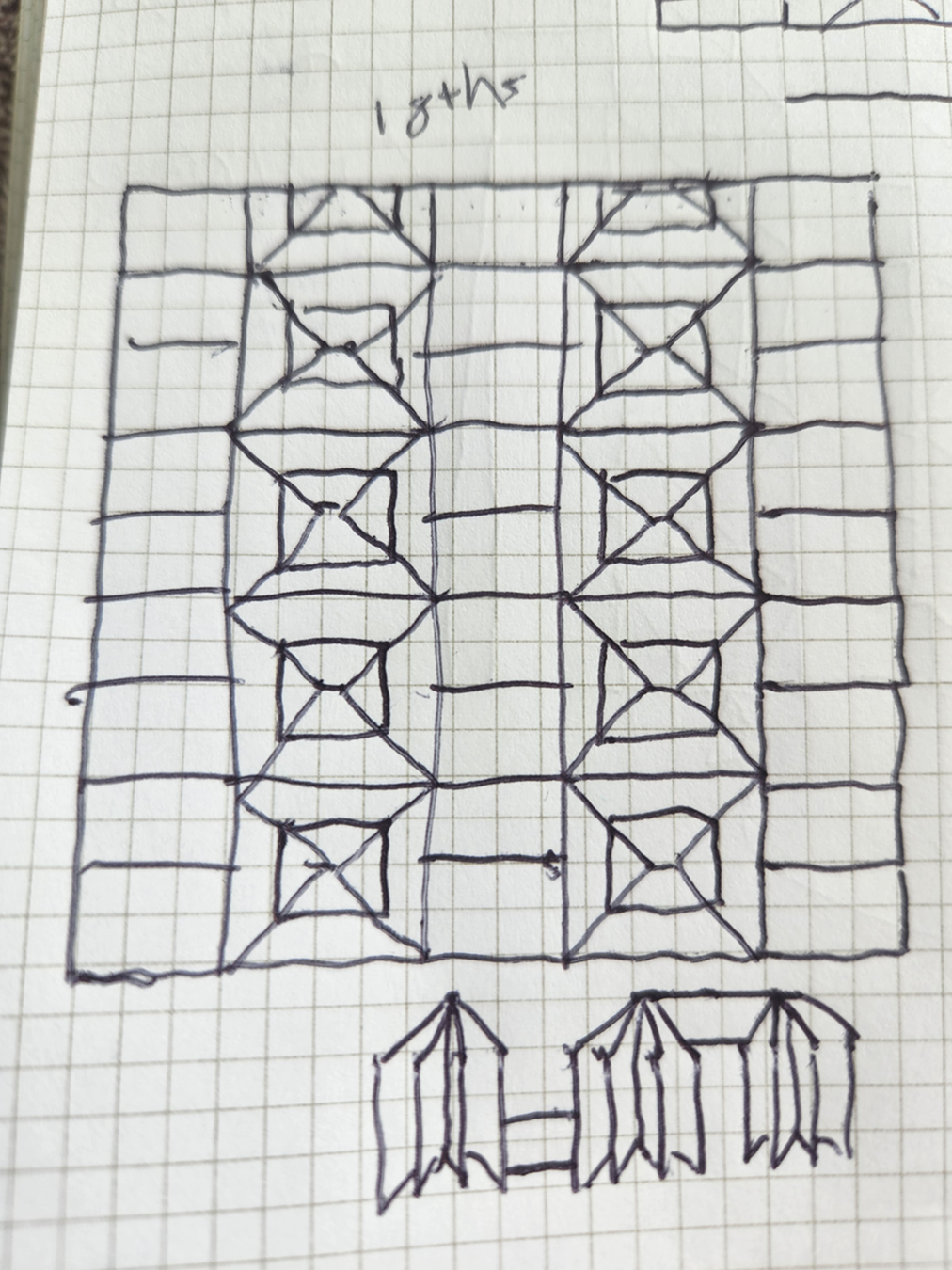
Snake Book 1.0 follows that initial sketch. I decided to break Rule 2, as some pages have a folded edge running down the diagonal, because I really wanted the crease pattern to demonstrate how the pages snake around the square (and also because of some intriguing geometry that works out for reasons I don’t understand). It has a Book Efficiency score of 41% (22 pages on an 18ths grid), and it scales up decently well to a book with 46 pages.
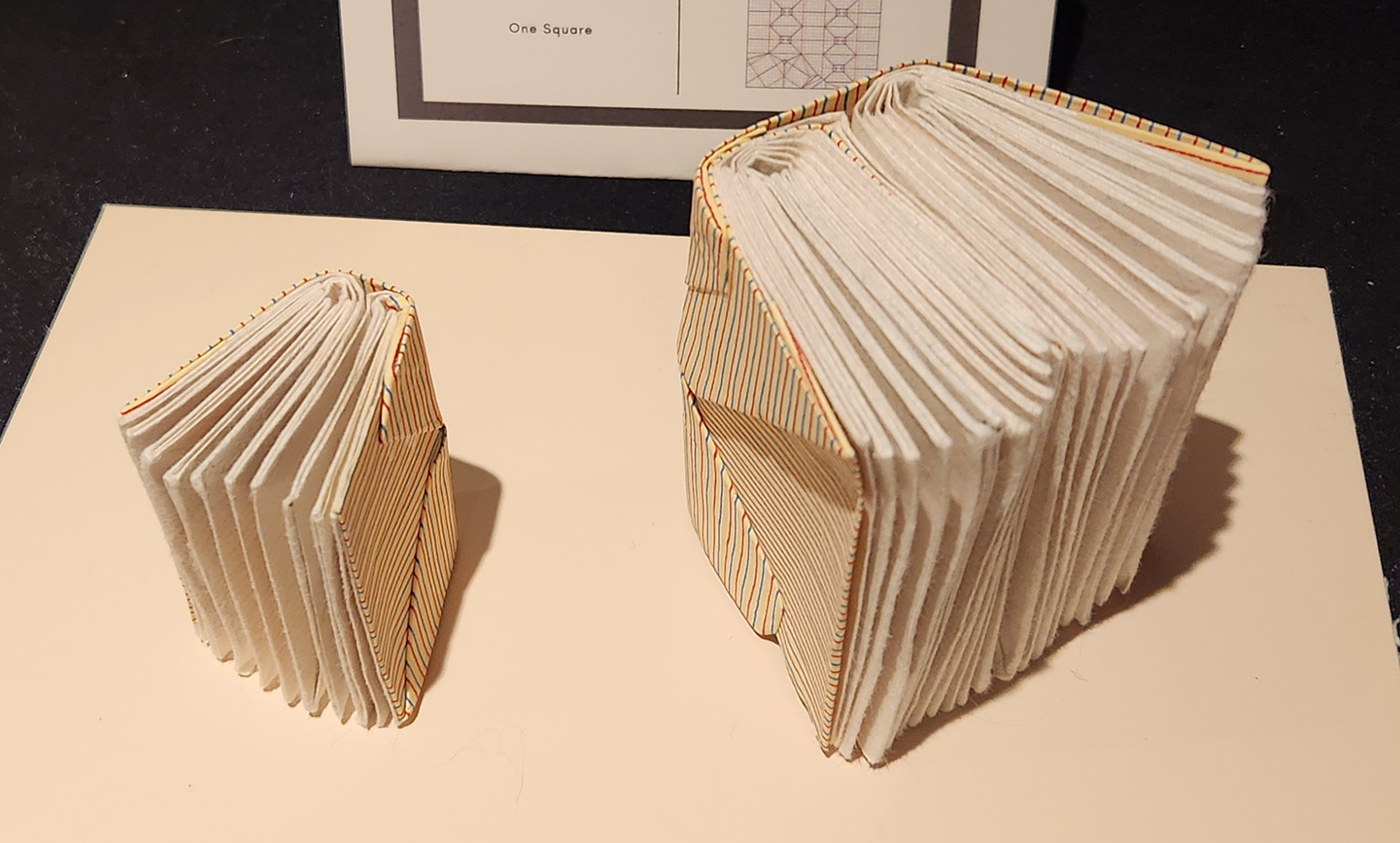
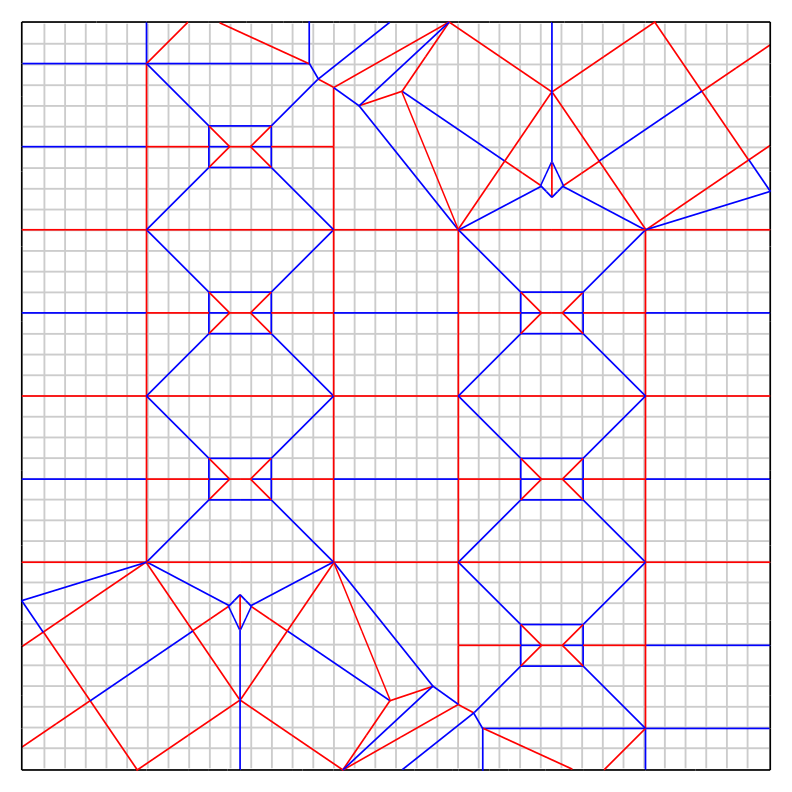
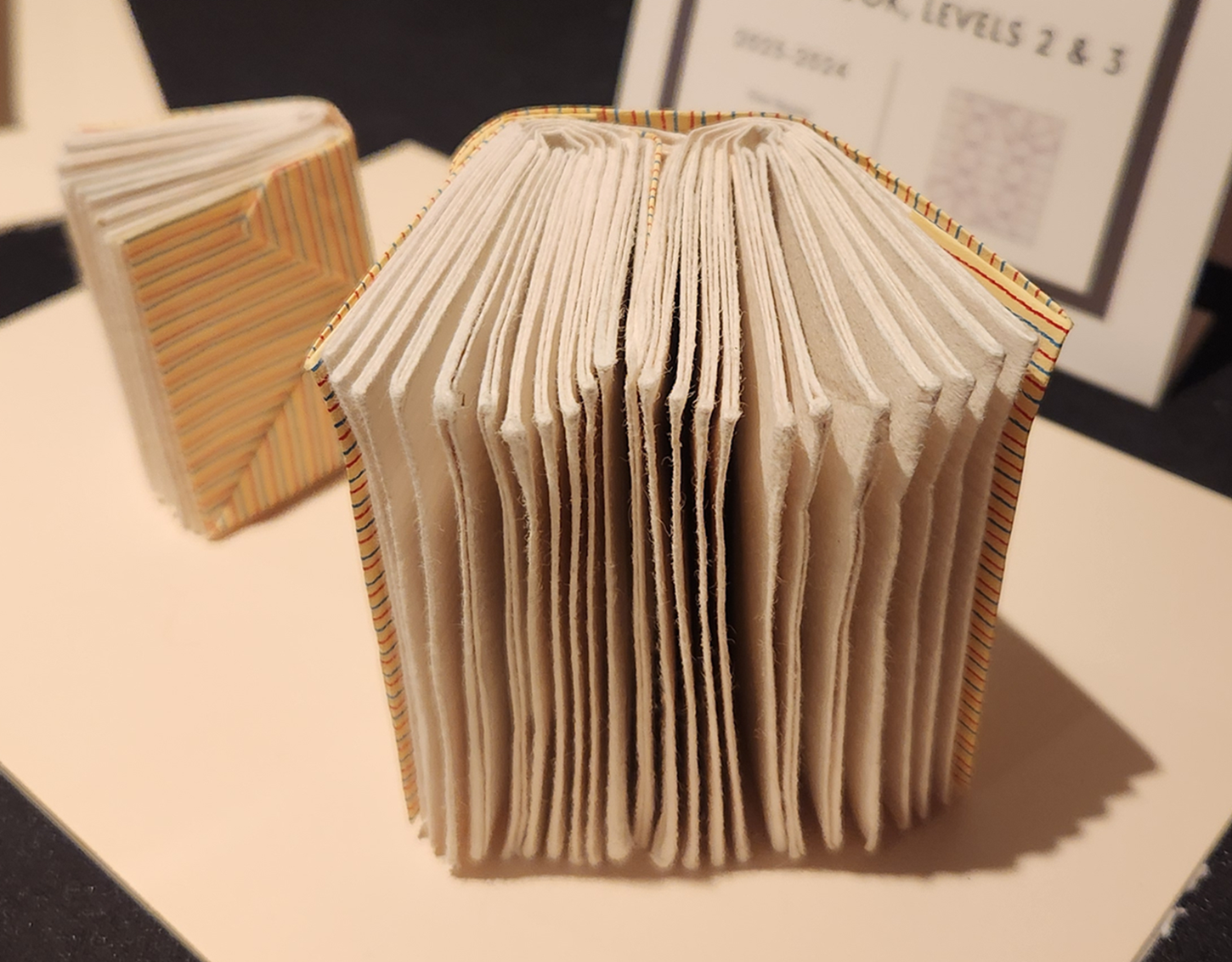
For Snake Book 2.0, I figured there must be a way to improve the efficiency, so I introduced some Pythagorean triangles. This one has a Book Efficiency score of 47% (20 pages on a 16ths grid), and it’s quite scrappy. The cover has some folded edges that reinforce the snaky design, and the cover’s spine is actually folded from two pages extruded through the middle of the book.
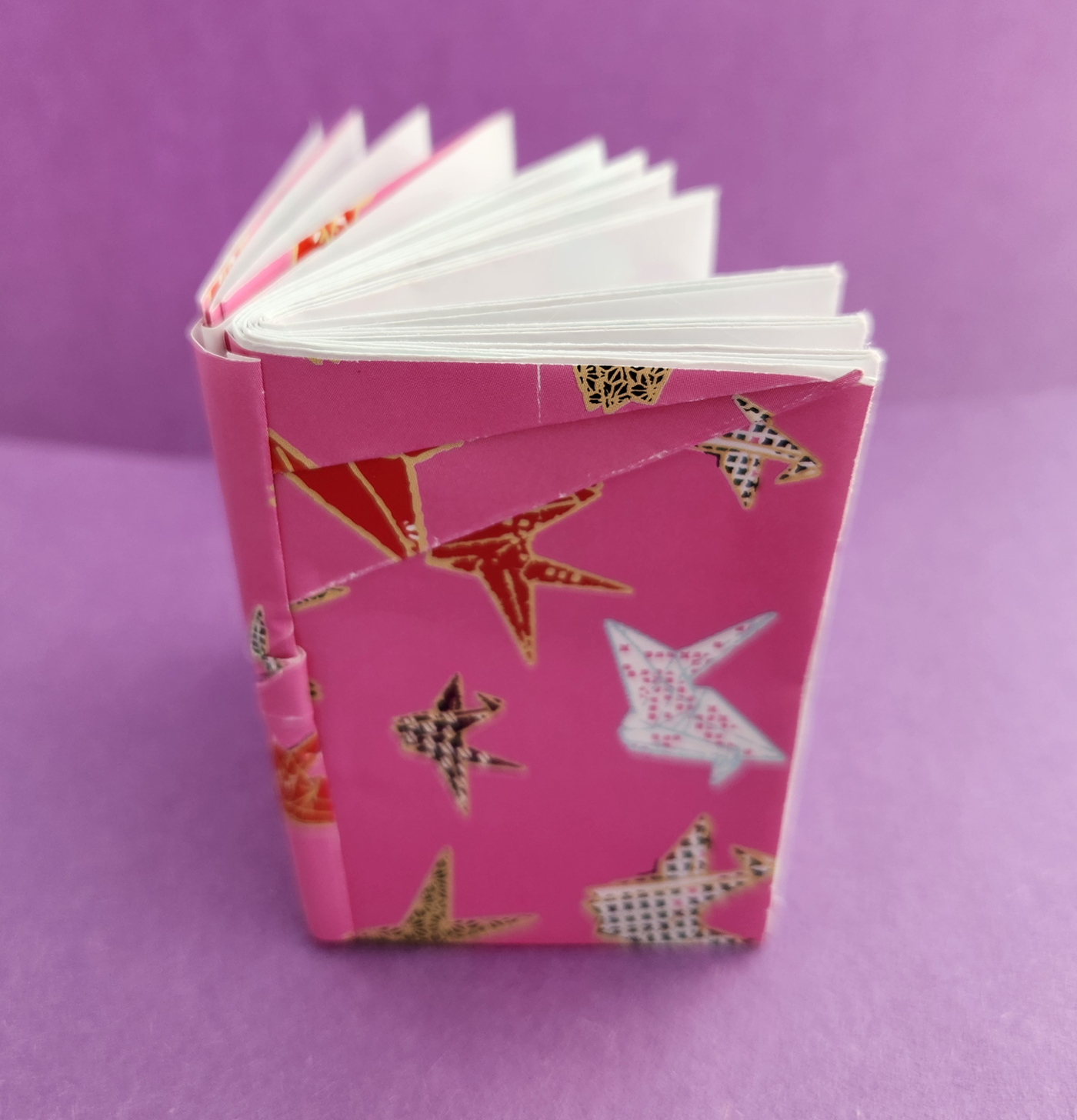
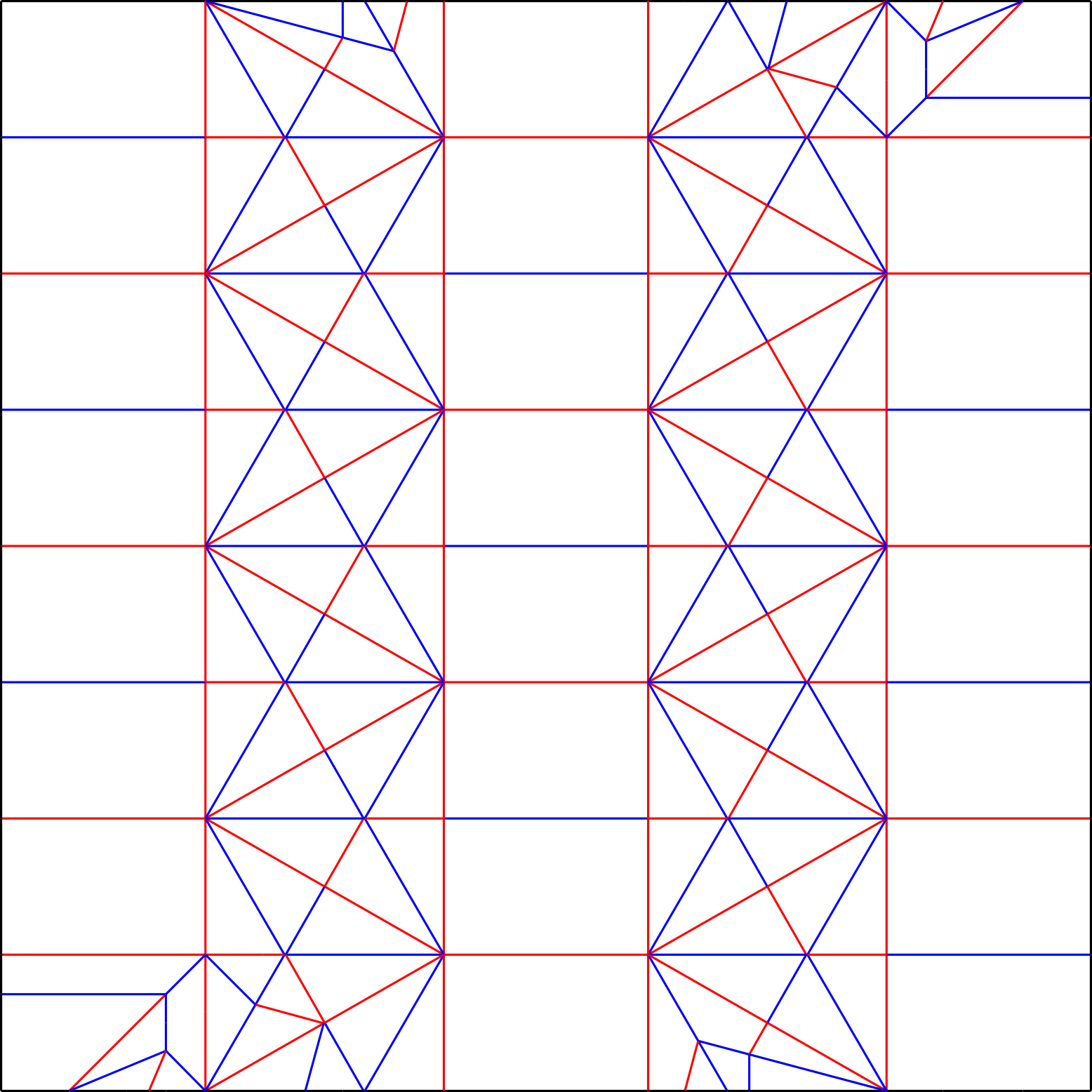
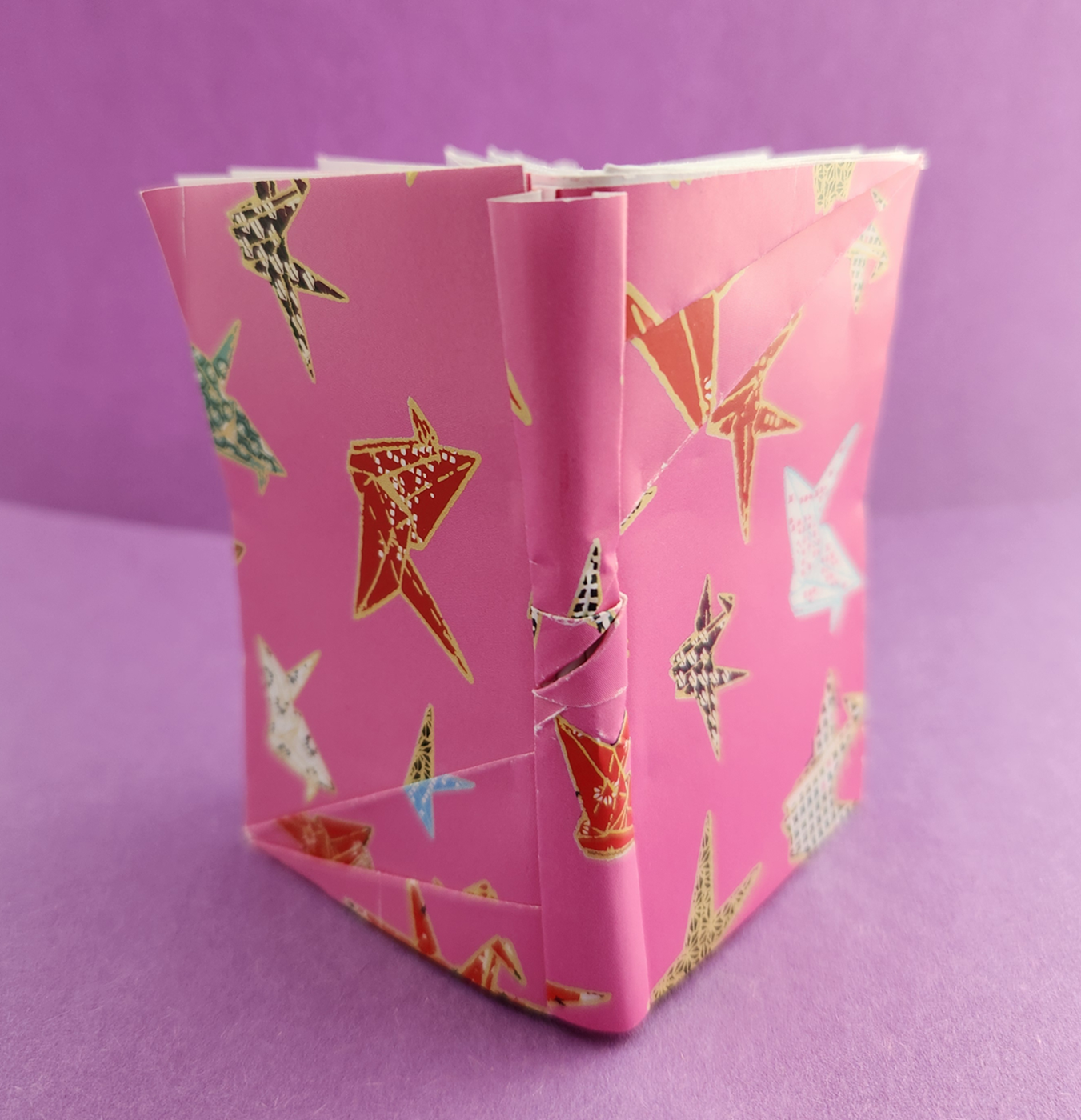
This (for now) final version satisfies Rules 1-3, and in theory it can scale up. But it succeeds in the most important metric: It’s cat approved!
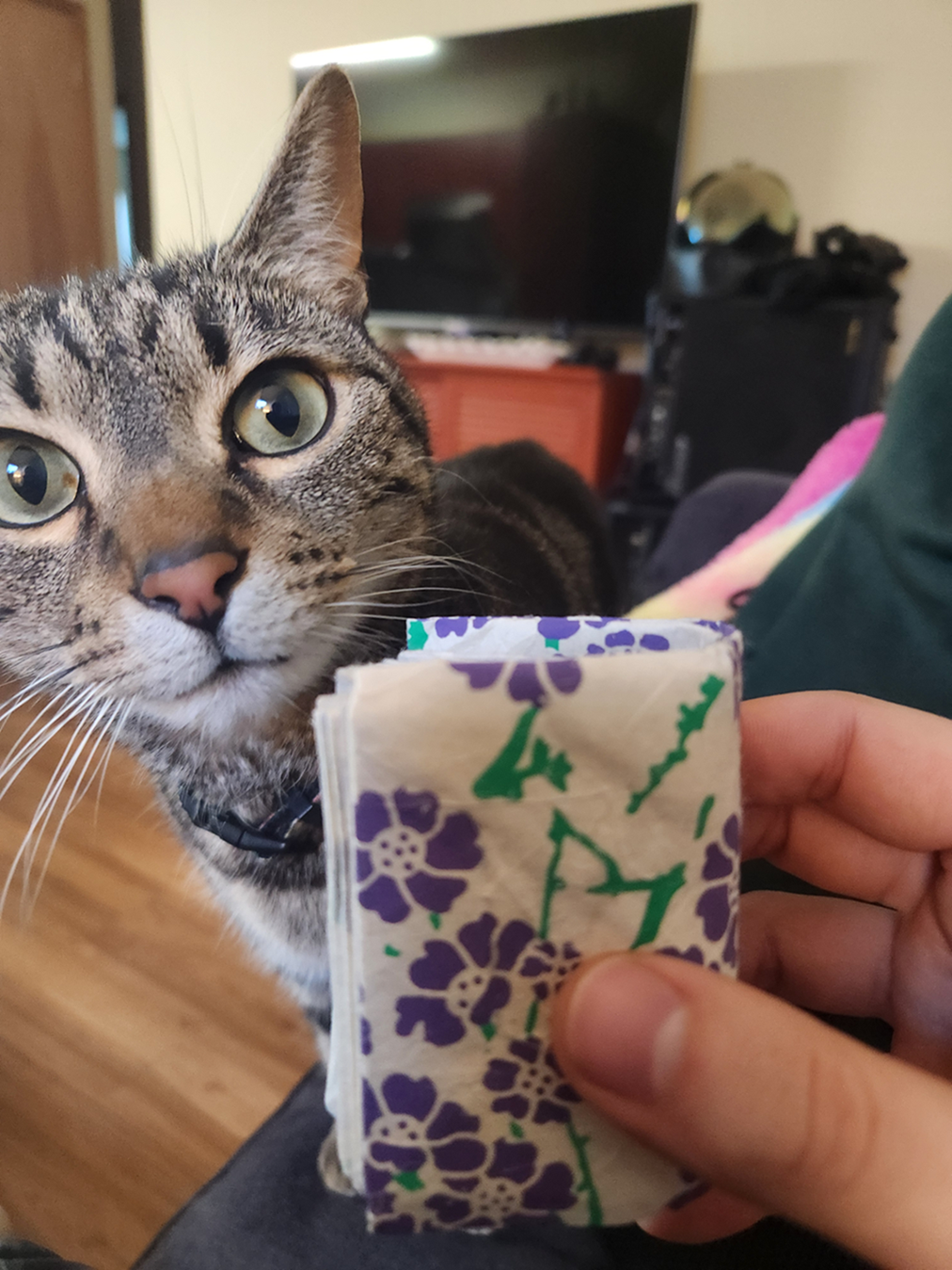
Leave a Reply